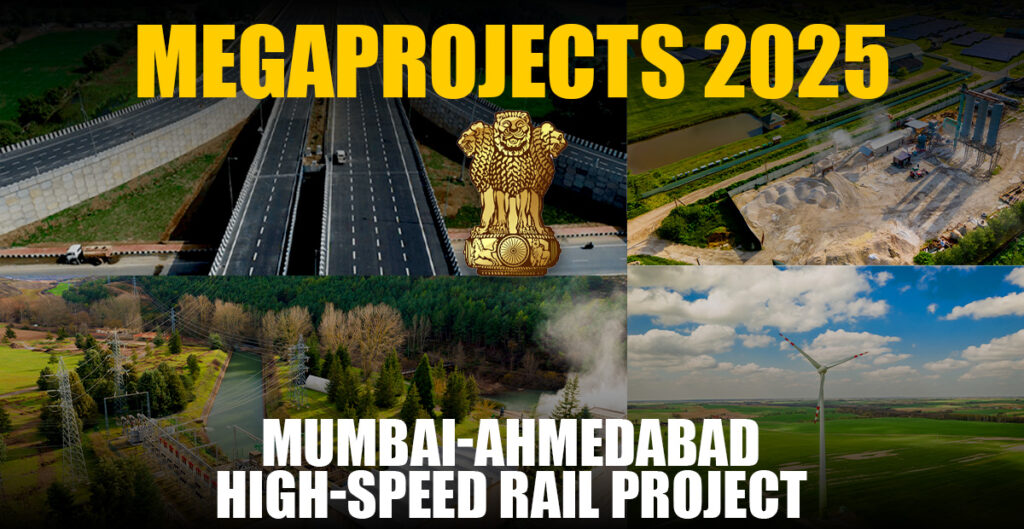A New Era of High-Speed Travel in India
India is set to launch its first bullet train service through the ambitious Mumbai-Ahmedabad High-Speed Rail (MAHSR) project. Spanning around 508 kilometres, this modern rail corridor will link Mumbai, the financial hub of Maharashtra, with Ahmedabad, Gujarat’s largest city. Once complete, the train will cut travel time between the two cities from over seven hours to just over two.
Trains on the route will operate at speeds of up to 320 km/h, using Japan’s renowned Shinkansen technology. This will place India among a select group of nations with dedicated high-speed rail infrastructure.
Bullet Train Key Route Details and Stations
The high-speed corridor will feature 12 stations, beginning at Mumbai’s Bandra Kurla Complex and ending at Sabarmati in Ahmedabad. The stations include Thane, Virar, Boisar, Vapi, Bilimora, Surat, Bharuch, Vadodara, and Anand.
Two service models are planned. A limited-stop service will complete the journey in approximately 2 hours and 7 minutes. An all-stations service will take around 2 hours and 58 minutes, still a major improvement over current travel times.
Funding and Project Oversight
The National High Speed Rail Corporation Limited (NHSRCL), formed in 2016, is leading the project. The estimated cost stands at ₹1.1 lakh crore (around US$15 billion). Over 80% of this is funded by Japan through a soft loan at a very low interest rate, highlighting the strategic collaboration between the two countries.
Construction and Development Milestones
Progress has accelerated in recent years. As of early 2025:
- Land acquisition is fully complete.
- 386 km of pier foundations and 272 km of viaducts are in place.
- Construction includes a 7 km undersea tunnel under Thane Creek and several river bridges.
The majority of the 508-kilometre track will be elevated—about 92%—with the rest consisting of tunnels and ground-level sections.
Technological Innovations
The MAHSR project will feature E5 Series Shinkansen trains, customised for Indian conditions. These trains are known for their safety, reliability, and energy efficiency. They also come with modern features to ensure a comfortable travel experience.
Challenges and Expected Completion
The project has faced hurdles such as land acquisition delays and the impact of the COVID-19 pandemic. However, construction has regained momentum. The first operational stretch between Surat and Bilimora is scheduled to open in 2026. Full operations across the corridor are expected by 2028.
This high-speed rail project is set to revolutionise travel in western India. It will reduce travel time significantly while enhancing connectivity and boosting regional economic development.


